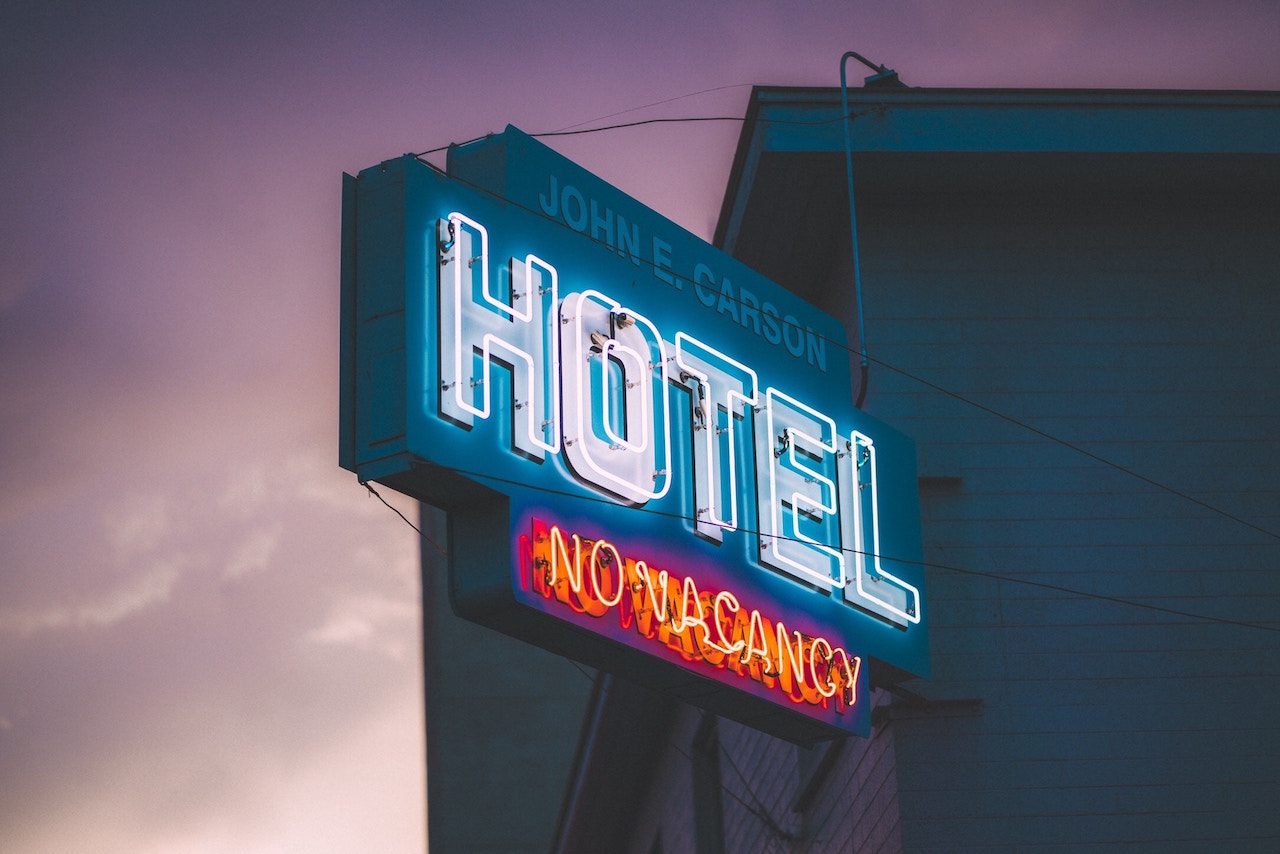Hotels have a magic number that they all aim for. That number is 80% occupancy. The percentage of available rooms occupied each night.
That 80% number turns out to be roughly applicable to most resource-constrained businesses, from consulting firms to plumbers, gym classes to accountants.
If hotels run at less than 80% they struggle to make money. And over 80% is hard its to maintain in the medium term and, what’s more, it’s usually a sign that their room rates could go up a bit. And this low pricing could be leaving money on the table every night.
The way hotels measure pricing is “average room rate”. Hotels charge all sorts of rates for different types of bookings – corporate rates, walk-ins, etc. So the way they work out the average is to divide the total room revenue by the number of rooms sold. Obvious when you think about it.
For service firms that measure is almost always “average hourly rate”, even if you don’t charge by the hour. Their equivalent of occupancy is utilisation (available hours recorded on time sheets for client work). It could be tasks completed but let’s keep it simple for the point of the example.
It turns out that 80% utilisation is the number to aim for here as well.
After many years I’ve come to conclude it’s just a natural level of sustainable performance for people and even some machines. Run an engine at redline for days and it will break. 80% is probably ok. Cyclists try to stay below 80% of maximum heart rate. Work at 100% of capacity in the long run and you will break too. Probably even lawyers would. It certainly explains why a lot of lawyers are unhappy. It might not be accurate for all situations but I think it’s a very good starting point.
When you multiply occupancy by room rate you get total room sales in dollars. When you multiply utilisation by “average hourly rate” you get consulting sales. Think of these two as revs and gears, effort and price. If the gear is too low you waste effort that could have been more productive, if the gear is too high you struggle to perform at a scale that brings out your best and fails to cover overheads as efficiently. If the gear is too high you may even stall, that is, loose important momentum. Anyone that has driven a slow old car knows you have to change gears before the hill.
Pricing is almost always a medium-term decision but you can sometimes make adjustments on the fly for special deals or Uber-like surge pricing for your less well-loved clients.
What is Your Core Business
Hotels make most of their profits from rooms. Food and beverage is usually considered to be a part-subsidised service for guests, part customer acquisition costs because of the status good F&B bring, like awards. The more expensive hotels usually loose money on F&B, yes, despite the high prices. Years ago when I worked in hotels the industry standard was 30% materials, 30% wages costs, 30% overheads and 10% profit if you were lucky. That might have changed since but you can see that F&B wasn’t the main money maker.
Economists call this a two-sided network, like charging less for women to get into nightclubs. The good food allows you to charge more for rooms.
Hotels determine prices for these extra services by a combination of benchmarking against industry standards, controlled experimentation and experience. Most small businesses probably should too.
In fact, I remember that the hotels in the area used to ring around every morning and report occupancy and room rate to one another. How’s that for cool, low cost benchmarking? Someone needs to build an app for this.
Regardless, the most important thing is that hotels diligently measure what is important. Most have a night audit function to do it for them. Closing each day off at midnight.
So, if they can do it every day, with all those different types of staff, rooms, meals and drinks, you can do it once a week. Do it on Monday morning, to know where you are. To know what gear you should be in.
Cheers,
Thomas
Photo by Keem Ibarra on Unsplash
